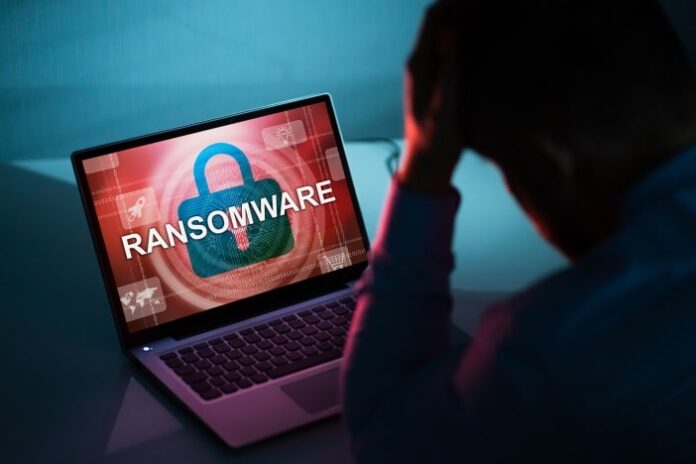Ransomware attacks are on the rise, and more and more businesses are falling victim to this type of cybercrime. You’re not alone if you’re unsure what ransomware is or how it works. This blog post will provide a comprehensive guide to ransomware attacks. We’ll explain what ransomware is, how it spreads, and how you can protect your business from these attacks.
What is Ransomware?
Ransomware is a type of malware that encrypts your files and holds them hostage unless you pay a ransom to the attacker. These attacks can devastate businesses, resulting in the loss of essential data or the inability to access critical systems.
How Does Ransomware Spread?
Ransomware typically spreads through phishing emails or infected websites. Once a user clicks on a malicious link or opens a malicious attachment, the ransomware will begin to encrypt their files. Sometimes, ransomware can spread through removable media such as USB drives.
How to Defend your Business against Ransomware Attacks
There are several steps you can take to protect your business from ransomware attacks:
- Educate your employees about the threat of ransomware and how to spot phishing emails.
- Implement a robust backup solution so that you can recover your data if it is encrypted by ransomware.
- Use endpoint security solutions to block malicious traffic and prevent ransomware from spreading through your network.
- Keep your software updated, as many ransomware attacks exploit vulnerabilities in outdated software.
How Can Hackers Attack Businesses With Ransomware
Ransomware attacks usually follow a similar pattern:
- The attacker gains access to your network, typically through a phishing email or an infected website.
- Once the attacker has access to your network, they will deploy ransomware onto your systems.
- The ransomware will then begin to encrypt your files.
- Once your files are encrypted, the attacker will demand a ransom in exchange for the decryption key.
- If you pay the ransom, there is no guarantee that you will receive the decryption key or that your data will be recovered.
Cost of Ransomware
Ransomware payments can vary depending on the size of your business and the amount of data that has been encrypted. In some cases, attackers will demand a few thousand dollars, while in others, they will demand millions.
What Happens If Ransomware Is Not Paid
There are several consequences of not paying the ransom, including:
- The loss of important or sensitive data.
- The inability to access critical systems.
- An increase in cybercrime activity as attackers target other businesses.
How Can I Protect Myself from Ransomware Attacks
There are several measures you may take to avoid becoming a victim of ransomware:
- Keep your software up to date.
- Use endpoint security solutions.
- Implement a robust backup solution.
- If you think you may be under attack, disconnect from the internet and contact a cybersecurity professional immediately.
How to Recover From a Ransomware Attack
If you have been the victim of a ransomware attack, there are a few steps you can take to try and recover your data:
- Restore your data from backups if you have them. Contact a cybersecurity professional for help.
- Do not pay the ransom, as this will not guarantee that you will get your data back or that the attacker will not target you again.
Conclusion
Ransomware attacks can be devastating to businesses, but there are steps you can take to protect yourself. Keep your software updated, use endpoint security solutions, and implement a robust backup solution. Taking these steps can significantly reduce the risk of falling victim to a ransomware attack.

